- The Grief Wave
- Posts
- 👉 When in Doubt, Help Someone
👉 When in Doubt, Help Someone
Catharsis Theater, Grief 101, and Small Acts That Save Us All 🌱
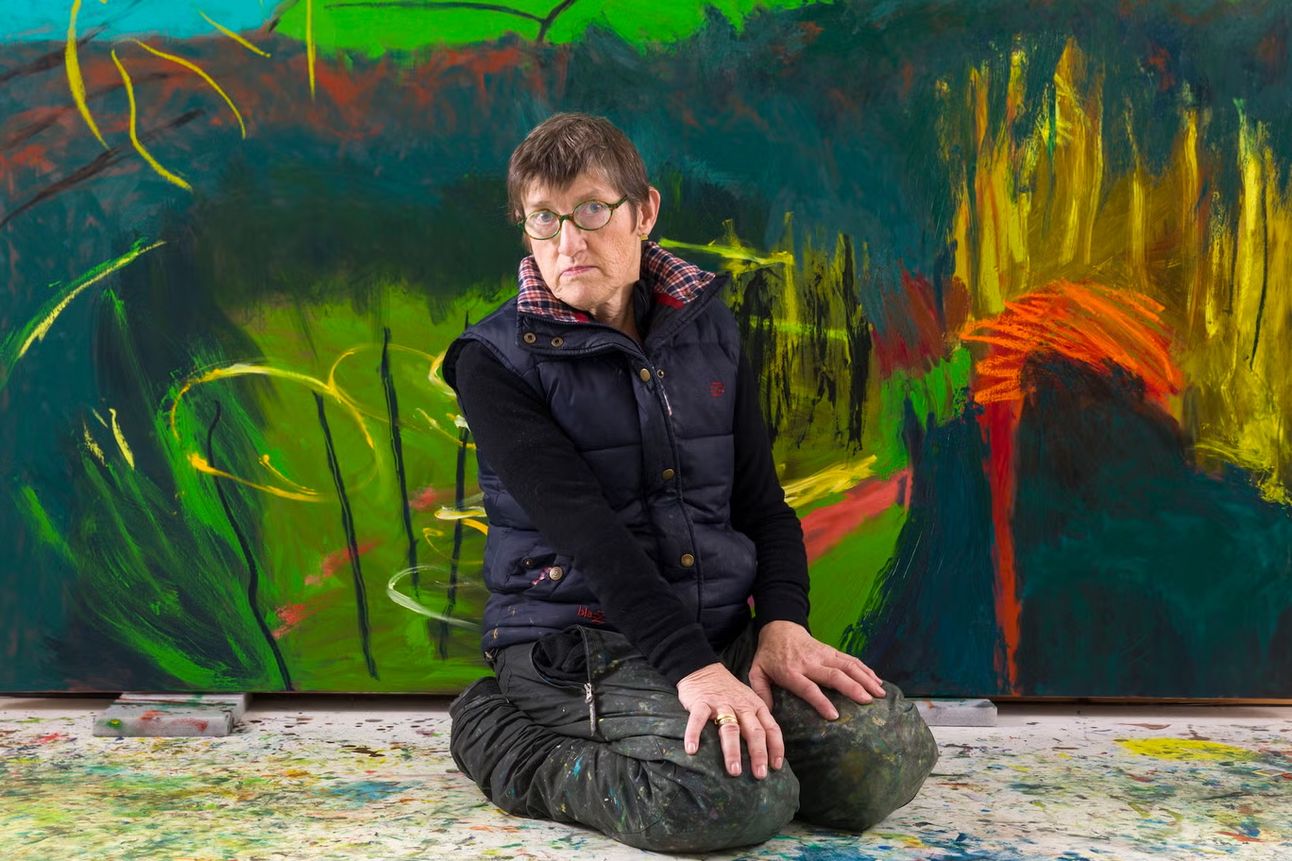
💌 Dear friends of the California Grief Center,
“I don’t know what your destiny will be, but one thing I do know: the only ones among you who will be really happy are those who have sought and found how to serve.”
Living through these days of shared heartbreak is no small feat.
Los Angeles has already weathered so much this year — the January fires that swallowed neighborhoods, the aftershocks of a pandemic that left industries gasping, the strikes that rattled livelihoods, the fresh wounds of state-driven family separations. It’s enough to make anyone retreat into fear, grief, or numb confusion.
But sometimes the best balm for our own raw places is surprisingly simple: look up, see who needs help, and offer it.
Grief has a way of stripping us down to what matters most. It teaches us — often in the hardest language — how to be human together. To reach out, even when our own hearts are tender. To stand near someone else’s pain, even when ours still throbs.
And when we do, a quiet kind of grace appears.
✨ We remember we’re not alone.
✨ We remember love still lives here.
Maybe that’s how we find our way through all this: by lending a hand, sharing a shoulder, being the small light in someone else’s dark.
🔦 In This Issue
🎭 Catharsis Theater: Feel It, Heal It
A gathering for courage, catharsis, and collective relief — July 26 in Culver City.
🎨 Lucy Jones & the Brave Mirror
Radical self-portraiture, vulnerability, and learning to stand inside your own skin.
🌱 Upcoming Gatherings
Dr. Jennifer Levin on traumatic grief, HOPE mindfulness for deep suffering, plus Catharsis.
💔 Helping Each Other in the Age of Grief
How reaching out steadies us all — plus three organizations where you can make a difference.
✨ Grief 101: David Kessler’s Sixth Stage
Why grief isn’t linear, and how we find meaning after acceptance.
🗽 A Funeral for American Diplomacy & Education
Two pillars of civic life — quietly dismantled.
🌊 How We Help at California Grief Center
Therapy, groups, Catharsis Theater — facing grief together.
🎭 Feel It, Heal It: Catharsis Theater for Grief & Loss
July 26 | Blue Door Theater, Culver City
📅 Saturday, July 26 | 1–4:30 PM

The Blue Door Theater in Culver City
Beyond the blue curtain, there’s a place for courage, catharsis, and gentle relief.
This is Catharsis Theater — our living room for grief.
Because grief doesn’t care about your résumé, your bank account, or how strong you seem. It finds us all. And with enough time, safety, and community, grief can become more than a wound — it can become a passageway to deeper love, renewed meaning, and hard-won growth.
If you’ve loved, lost, struggled, or simply lived — you belong here.
💗 What Awaits You at Our 38th Catharsis Theater on July 26
Body-based ways to ease pain and loosen old grief
Group processes that remind you you’re not alone
Creative breath and gentle invitation for what comes next
This is an intimate gathering (~40 spots) shaped by the collective heart — and inspired by one of the oldest, most dynamic approaches in psychology: psychodrama.
🎭 Why Psychodrama? A Path Through Grief Together
Psychodrama began with J.L. Moreno’s Theater of Spontaneity in early 20th-century Vienna. Originally an artistic experiment, it soon revealed something profound: when people stepped into stories on stage — unscripted, embodied, witnessed by others — they found insight, release, and deep human connection.
From these improvisations grew the entire field of group psychotherapy. By 1932, Moreno formally named it, blending creativity with healing.
Long before modern therapy, people gathered on humble stages to explore life’s struggles, joys, and griefs through role play and shared imagination. Psychodrama carries this lineage forward. It helps us:
✨ Express deep emotions and release stuck energy
✨ Gain insight by stepping into different perspectives
✨ Heal relational wounds in a safe, communal way
🎭 From Theater of Spontaneity to Group Therapy
The Theater of Spontaneity (Das Stegreiftheater) was Moreno’s first stage, created in Vienna around 1921. No scripts — just raw life, shared and witnessed. Through this, Moreno saw that enactment could transform suffering, creativity could unlock stuck places, and community could hold what felt too heavy alone.
From this artistic root blossomed two great branches:
🕯️ The Theater of Spontaneity was the artistic, improvisational forerunner.
🩺 Group psychotherapy grew from it, with psychodrama at its heart.
Moreno’s true genius was recognizing that a stage could serve as both a theater and a therapy room — a place where groups could heal together. Catharsis Theater honors this pioneering insight, drawing on a method that remains one of the most effective and compassionate approaches to group healing across many forms of human suffering.
⚠️ Our Catharsis Theater is not clinical therapy — but it is deeply therapeutic.
It’s a community space for exploration, expression, and shared humanity, honoring the ancient truth that sometimes we heal best in circle, on our feet, together.
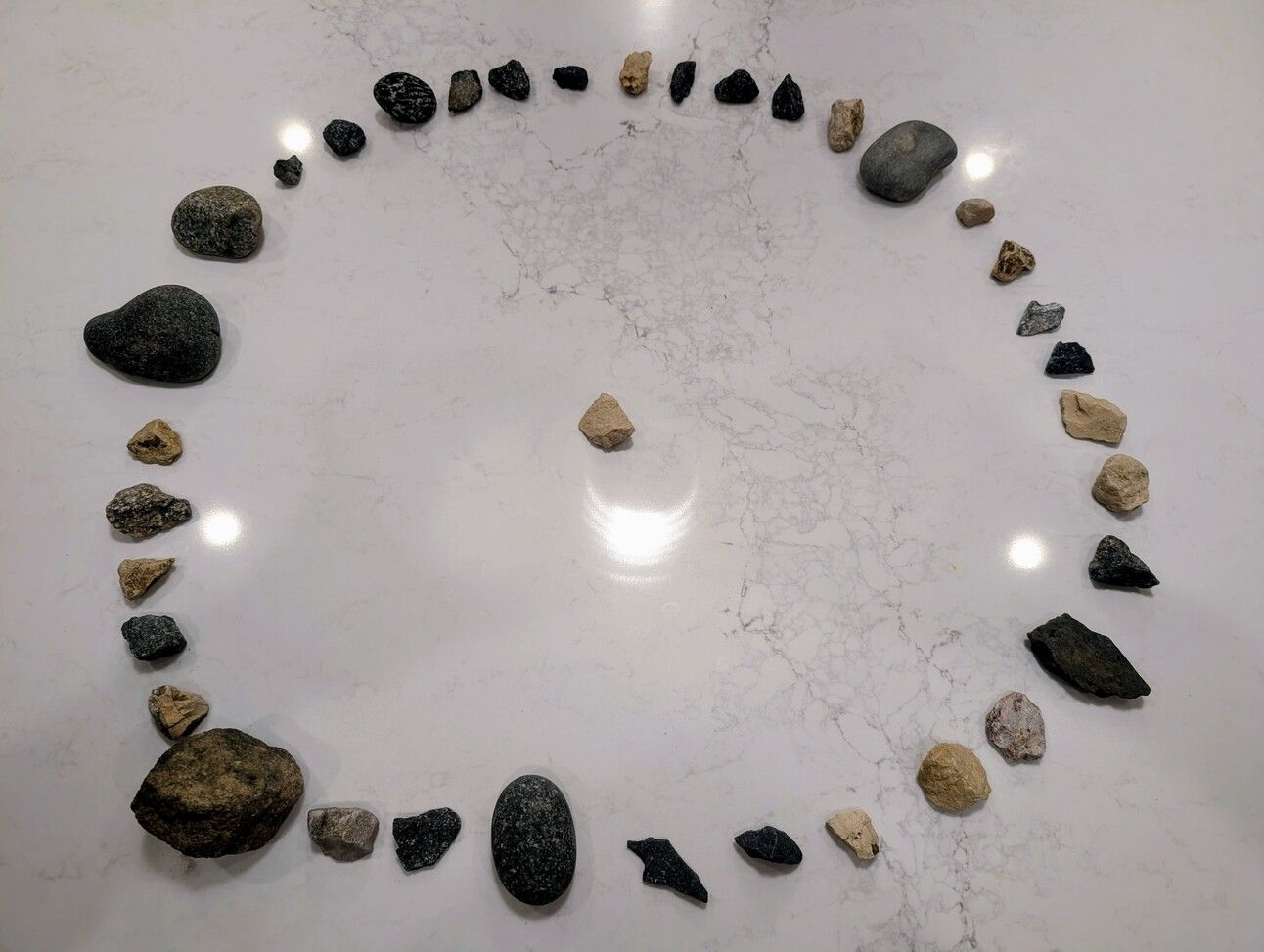
A photo of the 37th rock from the last Catharsis Theater event on July 6th, nestled among the mementos from all the sessions over these past three years.
🎨 The Brave Mirror: Lucy Jones and Her Radical Self-Portraits

Artist Lucy Jones helps us see what it means to live inside a body — and to meet ourselves there with wit, honesty, and startling color.
Artist Lucy Jones helps us see what it means to live inside a body — and to meet ourselves there with wit, honesty, and startling color.
Like a modern-day Rembrandt with a twist of British mischief, Jones turns her gaze inward to ask: who am I, really — and what if you look too? Living with cerebral palsy, dyslexia, and long spells of depression, she paints unflinching self-portraits, often titled with playful jabs like “Who Is the Artist Round Here?” or “With a Handicap Like Yours…”
Her paintings hold everything: awkwardness, pride, defiance, grief, delight.
Not just portraits of a body — but of a life.
May we witness her work, learn from her fierce honesty, and find a bit more room to stand inside our own skins.
🌱 Upcoming Gatherings for Collective Healing
Because grief is too heavy to carry alone — we gather to share, learn, breathe, and remember that love still lives here.
🌱 Shattered and Still Standing with Dr. Jennifer Levin
July 15 & 16 | Virtual & Free

Dr. Jennifer Levin, a guiding light in the tender work of helping people navigate traumatic grief and unexpected loss.
Internationally recognized grief expert Dr. Jennifer Levin, PhD, LMFT, FT offers a free webinar on traumatic grief and unexpected loss.
You’ll come away with:
A clearer sense of how trauma and grief shape mind, body, and daily life
Words to describe what’s often unspeakable
Tools for moments of emotional overwhelm
A gentle reorientation toward hope, even when the road ahead feels uncertain
🗓️ When:
July 15 at 4:00pm PT
July 16 at 11:00am PT
Can’t join live? Register to receive the replay.
🕯️ HOPE: Mindfulness & Gentle Healing for Deep Suffering
July 26 | Virtual

HOPE for all.
HOPE for all.
This month’s theme is mindfulness, disability, and change, with guests from ArtsUP! LA. Includes meditation, a short teaching, heartfelt sharing, and a grounding ritual.
💛 Donation-based (pay what you can)
🕰️ Saturday, July 26 | 10–11:30 AM PT / 1–2:30 PM ET | on Zoom
💫 Catharsis Theater: Feel It, Heal It
And of course — later that day — we open the blue curtain in Culver City.
✨ Come move your grief, breathe new air into stuck places, and be held in the gentle presence of others walking this same tender road.
📅 Saturday, July 26 | 1–4:30 PM
💔 Helping each other in the Age of Grief
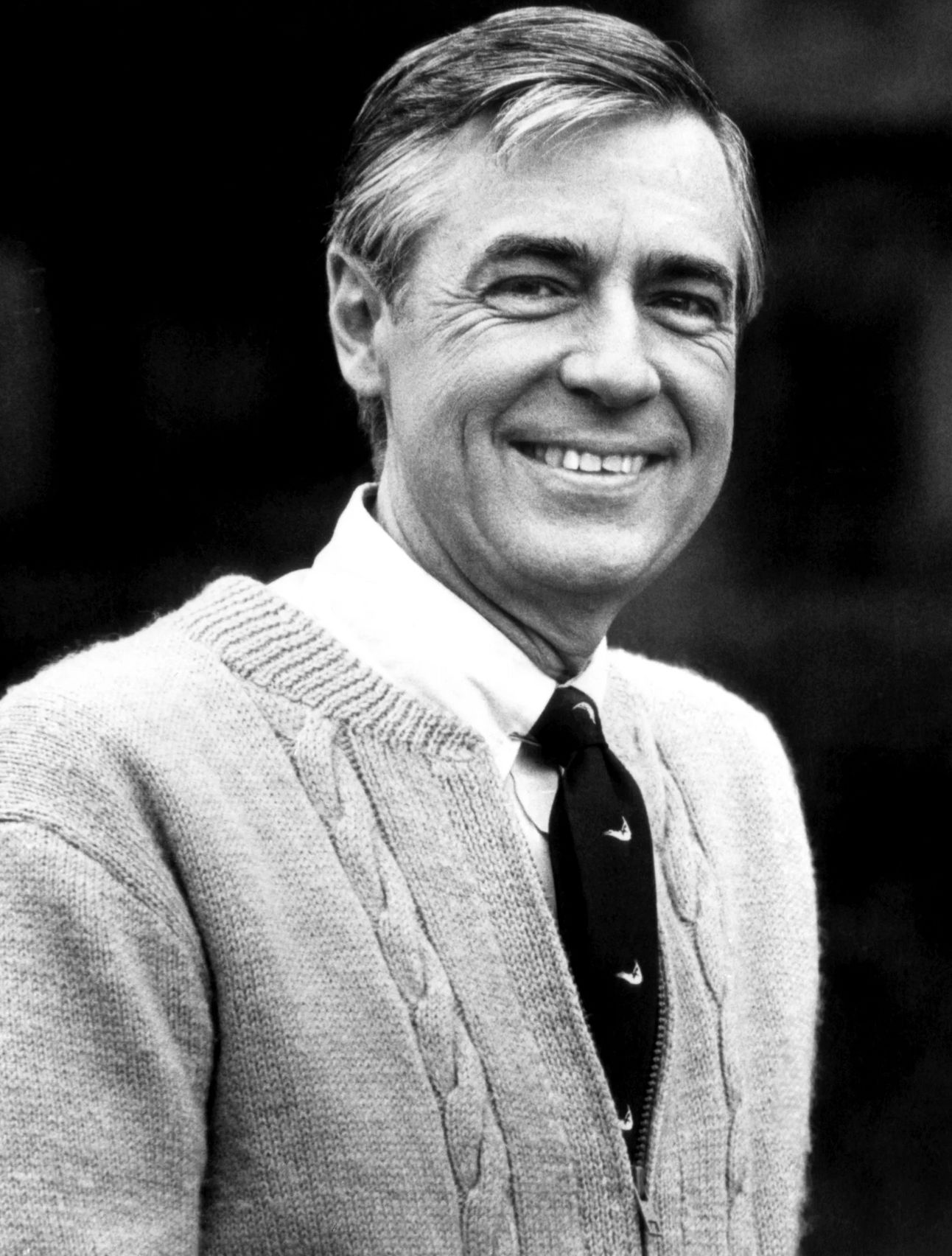
“When I was a boy and I would see scary things in the news, my mother would say to me, ‘Look for the helpers. You will always find people who are helping.’” - Fred Rogers
It seems we’re living through a long twilight of the heart — a season where loss hangs thick in the air, and many of us are stumbling around, hands out, searching for something solid to hold.
But here’s the gentle paradox: one of the surest ways to steady ourselves is by reaching out to steady someone else.
Helping others is like striking a match in a dark room. The small flame may not chase away the night entirely, but it lets us see each other’s faces. To whisper, “I’m here too,” and often, that is enough.
Three lanterns in this vast darkness — all places I trained, all still dear to me:
✨ Our House Camp Erin
Where grieving children gather under wide skies to remember, to cry, to laugh again. Captured in the Emmy-winning documentary “One Last Hug.”
📞 Didi Hirsch Suicide Prevention Center
The nation’s first suicide line, born after Marilyn Monroe’s death, still staffed by volunteers who answer calls from people in their loneliest hours.
🚓 Mayor’s Office Crisis Response Team (CRT)
For more than 30 years, these volunteers have stepped into living rooms, alleyways, kitchen floors — wherever tragedy struck — to sit quietly beside the newly bereaved.
Fred Rogers told children to look for the helpers. What he didn’t always say is: we can be those helpers too.
💔 Grief 101: David Kessler & the New Sixth Stage
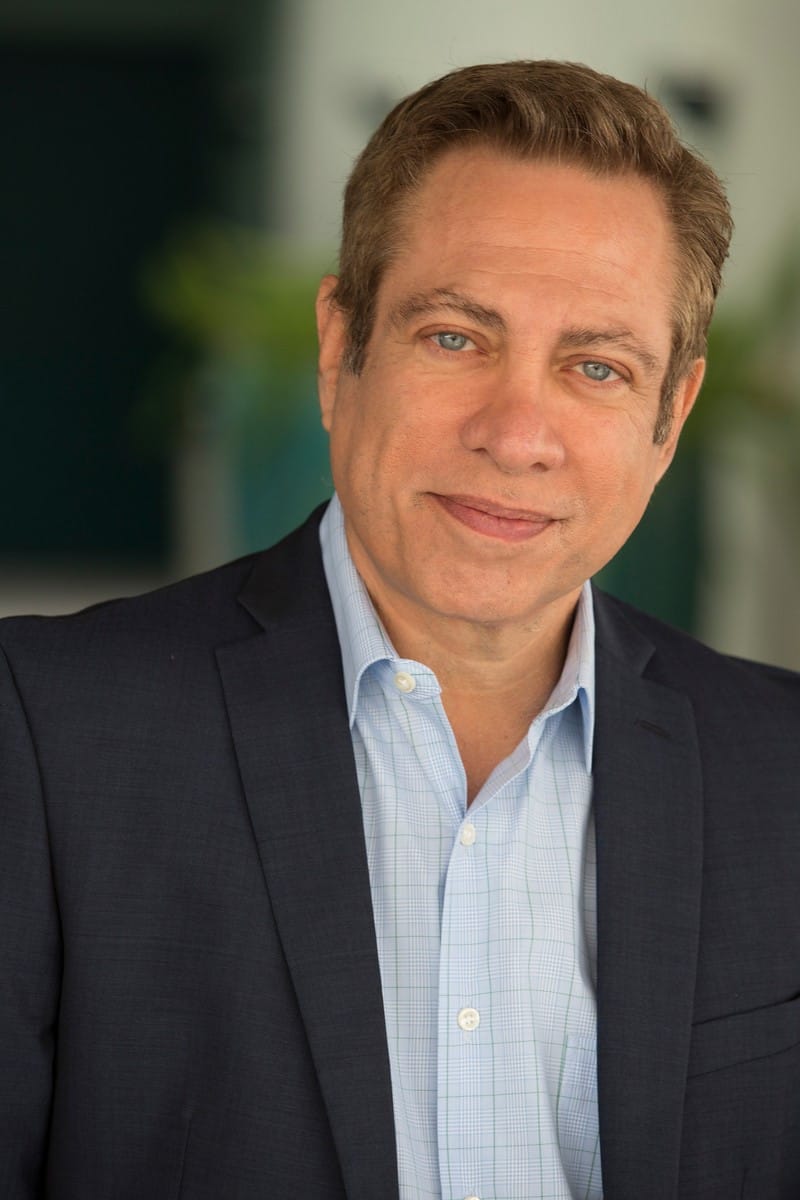
David Kessler, who co-authored a book with Elisabeth Kübler-Ross shortly before her death, has devoted much of his career to extending, defending, and updating the Kübler-Ross framework.
Most of us still hear echoes of Elisabeth Kübler-Ross’s famous five stages: denial, anger, bargaining, depression, acceptance. A framework originally meant for the dying, not the living left behind.
But grief is a stubborn, untamed creature. It rarely walks in a tidy line.
Enter David Kessler, co-author and longtime friend of Kübler-Ross, who’s spent decades defending and reshaping her work. In Finding Meaning: The Sixth Stage of Grief, he suggests that after we reach some fragile acceptance, we start reaching for something deeper: meaning. We look for ways to honor who’s gone, to thread their memory into the fabric of our days, to live a life that nods to their love.
It’s lighthouse work — searching the rocky shore for a light after the storm swallows the boat.
🗽 A funeral for two pillars of American life
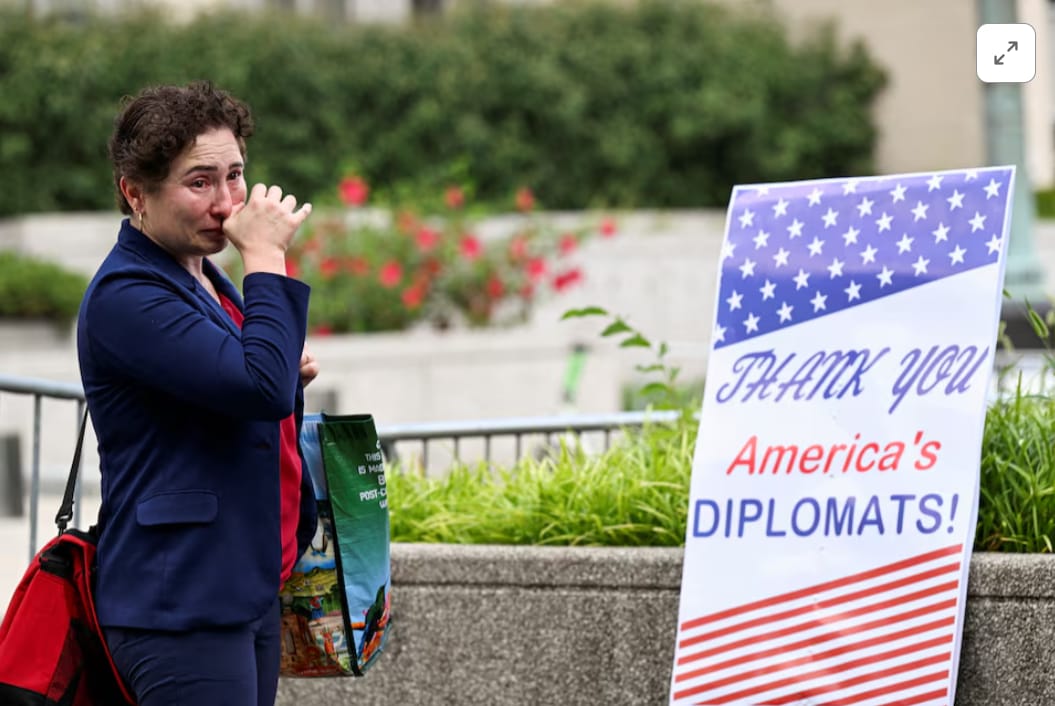
A woman cries during a sendoff event for U.S. State Department workers in Washington, D.C., U.S., July 11, 2025. REUTERS/Annabelle Gordon
This month we mourn not just people, but institutions.
The State Department, letting go over 1,350 diplomats — voices that once brokered peace, listened to foreign cultures, spoke for the vulnerable.
The Department of Education, cleared by the Supreme Court to cut nearly 1,400 roles that were lifelines for civil rights, student aid, and hungry kids.
These weren’t just bureaucrats. They were the quiet hands balancing budgets so a child could eat, the quiet voices urging caution instead of war.
So let this be more than a requiem. As these old structures fracture, new stewards must rise — not to rebuild exactly what was lost, but to honor its best truths:
That talking should outweigh taunting.
That every student deserves a champion.
That diplomacy is still mightier than bombs.
May our grief awaken us — to witness, to resist, to rebuild.
🌊 How we help at California Grief Center

Brian Stefan, LCSW
Founder, California Grief Center
Grief isn’t something to solve.
It’s something to witness and share — together.
💬 We walk alongside individuals, families, and groups as they navigate the rough terrain of loss.
👥 Our grief groups offer a circle of understanding and belonging, where stories and tears have room to breathe.
🎭 Through Catharsis Theater, you can explore your grief, your body, and your tender story — held by a caring community.
✨ Consultations are always free.
Whenever you’re ready, we’re here.
💛 With heart,
Brian Stefan, LCSW
Founder, California Grief Center
🕊️ Facing the hurt — together.
✅ P.S.
Know someone quietly grieving?
👉 Forward this letter. Everyone belongs.
💌 To get these in your inbox…

Facing the hurt — together.